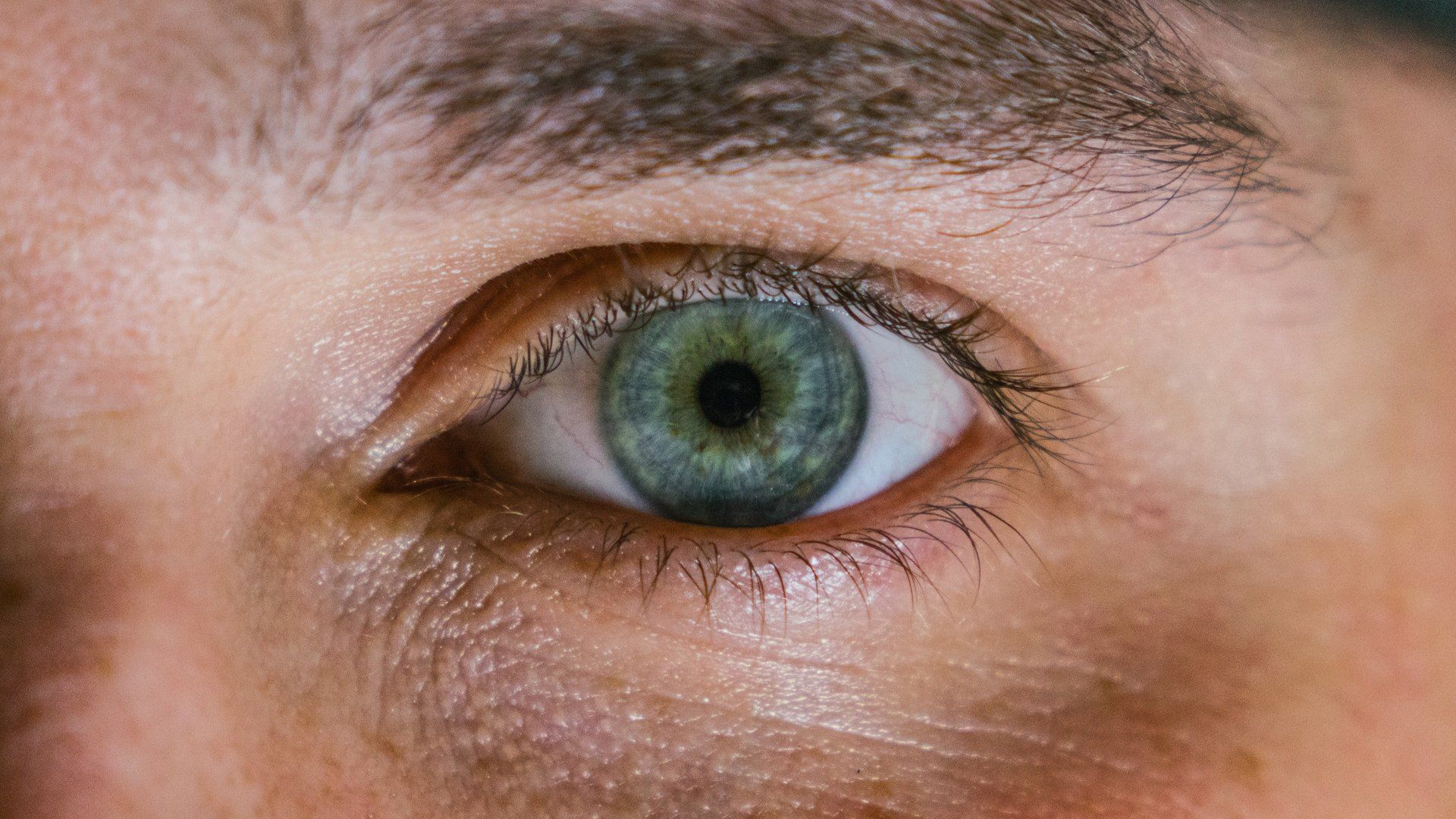Vision Quest Medical Center offers top technology close to home.
What is a Cataract?
A Cataract refers to the cloudy substance that can form on the natural lens inside the eye. Normally this lens is as clear as possible to allow light to travel to the retina. The lens is made up in part by natural proteins. When these proteins clump together, they form a cataract which can make vision blurry or dim.
Cataracts are more common than you might think, with more than 4 million Americans diagnosed each year. The leading cause is old age, although other factors such as long term UV exposure, diabetes, family history, past eye surgeries, eye injuries, and certain medications such as steroids can lead to cataracts.
Cataract Care and Surgery
In the beginning stages of the disease, cataracts can be treated with updated prescription glasses or contacts. However, once the diseases progresses and starts to interfere with everyday tasks, surgery is the only effective option. During your consultation at Vision Quest Medical Center, Dr. Mong and his associates will determine what is the best course of action for you.
Thankfully cataract surgery is very quick and low risk. The side effects are extremely rare and easy to treat when they occur. The procedure itself is only 20 to 30 minutes long and requires no overnight stay or monitoring. The majority of patients report no discomfort or pain during surgery and 95% see an improvement in their vision in the first few days.
The goal of cataract surgery is to break the clouded lens into removable pieces, extract the pieces, and replace it with an artificial intraocular lens (IOL). There are three types of IOL’s worth mentioning; monofocal lenses, multifocal lenses and accommodative lenses. Vision Quest offers all three options:
- Monofocal lenses are most commonly used in modern cataract surgery. They are designed to aid vision at a set distance, such as close up or far away. With these lenses, glasses or contacts are often prescribed depending on your lifestyle and habits.
- Multifocal Lenses are a relatively new IOL that allows you to see at varying distances and eliminates or decreases the need for glasses or contacts. As they are a new technology, there are fewer options that have been approved by the FDA.
- Accommodative Lenses are built to work with the eye instead of aiding the eye. These lense work with the eyes natural muscles to focus at various distances. The need for prescription glasses or contacts is severely diminished. These lenses are the newest to be approved by the FDA, and are considered new technology.
Vision Quest is Idaho’s leading surgery center offering the latest technology using lasers for precision surgery. Originally ophthalmologists removed cataracts manually by manually making tiny incisions with a surgical knife and removing the pieces.
Recovering from Cataract Surgery
Generally the recovery from Cataract Surgery is very quick. Before you leave the clinic you will be prescribed eye drops to prevent infection, control eye pressure, and reduce inflammation. For the 24 hours following your surgery, we recommend you avoid strenuous activity and touching your eye. In the first couple of days it’s normal to feel mild discomfort or itchiness in the eye.
Everyone is different but most patients see an improvement in vision in the first few days after surgery. At first your vision may appear more blurry then it was before, but this is due to the eye healing and will go away quickly.
In the weeks after your surgery you will have several follow-up appointments to ensure your eye is healing properly and there is no sign of infection. After the quick surgery and short recovery you’ll be back to seeing the world vibrantly.





